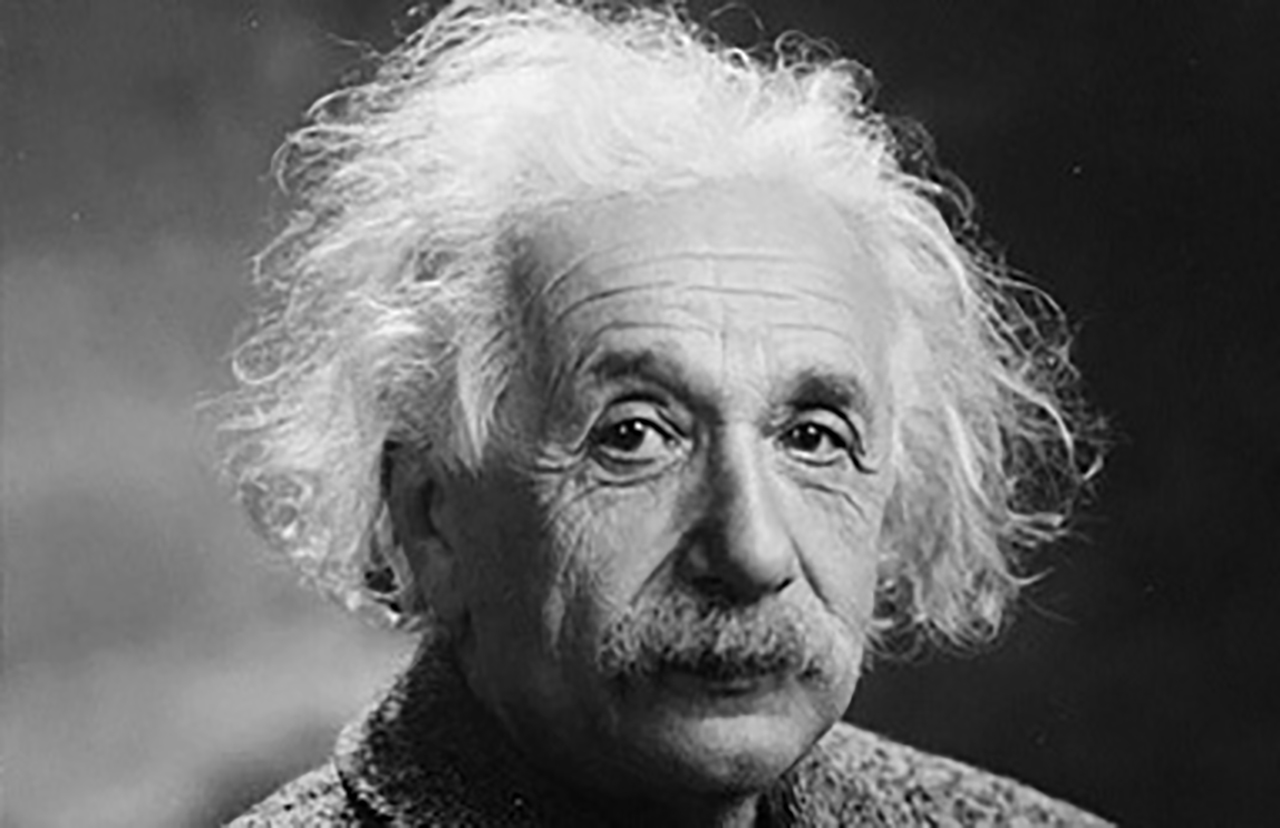I’ve never really grasped Einstein’s theory of relativity. Everyone has memorized the formula E=MC2, but can you give me a concise easy-to-remember explanation?
—Brad Beam, Peoria
Before Albert Einstein, it was thought that mass and energy were completely different and didn’t mix with each other. It was thought that the total mass didn’t change and the total energy didn’t change in any reaction. For example, if an electron and a positron (the electron’s antiparticle) collide, it was expected that after the collision, the amount of mass and the amount of energy would be the same.
Einstein was the first to realize that mass is not so different from energy after all. In fact, mass is just a special form of energy to be added to other forms of energy such as kinetic energy (due to motion), potential energy (due to height), and chemical energy, to name a few. To be precise, Einstein realized that the amount of “mass energy” is equal to the mass times the speed of light squared.
Appears InThis is revolutionary because—just like the other forms of energy—this energy can be transferred from one type of energy to another. If you hold a ball up in the air and then drop it, the ball begins with potential energy due to its height and transforms that potential energy into kinetic energy as the ball drops and picks up speed. If an electron and positron collide, if they have enough kinetic energy, it can be transformed into the mass (energy) of a Z boson, which has a mass nearly 200,000 times the mass of an electron or positron!
This equation also governs the energy production of the sun, which fuses four hydrogen atoms into one helium atom. If you look closely, the mass of helium is less than the mass of four hydrogen atoms. Where does that missing mass go? It becomes the energy that pours out of the sun every moment and powers life on Earth!
Neil Christensen, assistant professor, Department of Physics
Our top faculty experts answer questions from the Illinois State University community in the “Ask a Redbird Scholar” section. To submit a question, email Kevin Bersett at kberse@IllinoisState.edu or tweet it to @ISUResearch. Chosen questions and answers appear in each issue of Illinois State’s new research magazine, the Redbird Scholar. To read other “Ask a Redbird Scholar” posts, visit IllinoisState.edu/RedbirdScholar.


